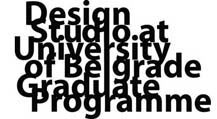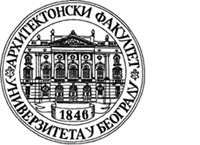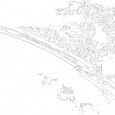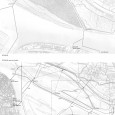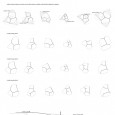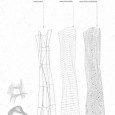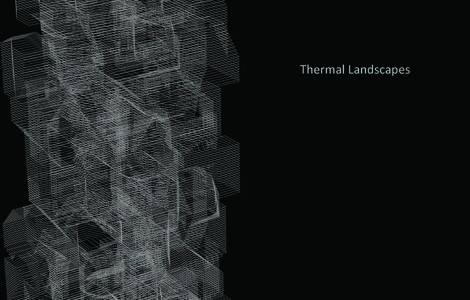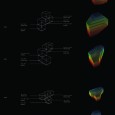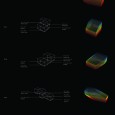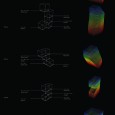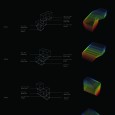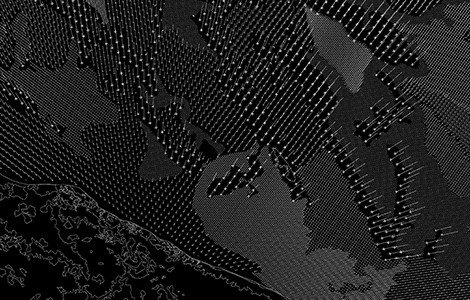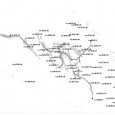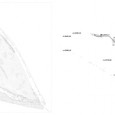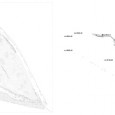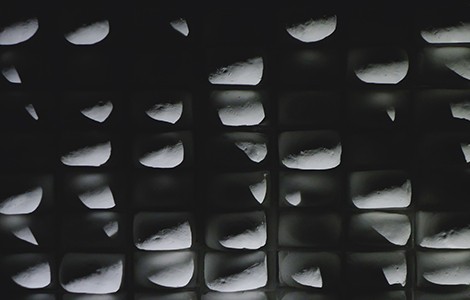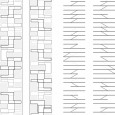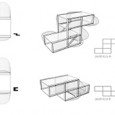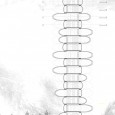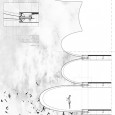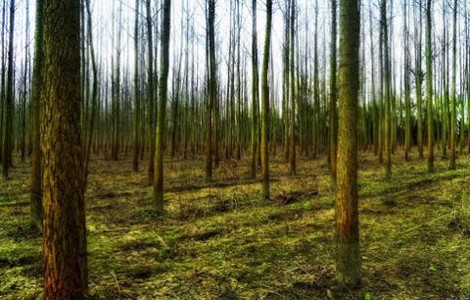This line of study is based on the analysis of open systems and their application in architectural design of adaptive spaces. The research is based on interaction of biology and architecture, and the concept of open systems is perceived as the beginning of the biological paradigm in architecture. The work aims to provide a specific perception of the space and the program. Throughout this study, architecture is perceived as a dynamic system, which is in constant interaction and unbreakable bond with the dynamics of its environment, culture and society.
Similarly to the previously described infrastructural approach, this outlook on architecture […]
1213M9 Master Thesis
This approach is not involved in research of the material and the static, but the invisible and changeable parameters of architecture. Spatial concept is shifting the focus away from geometry onto energetic conditions of space. The main objective is observing architecture – not through space itself, but throughout the conditions inside it. The approach titled Thermal Landscapes will try to investigate these principles, from an urban level to the level of the environment of the individual user.
The study develops understanding of the built environment through the motion of the air, energy and people as constant flows which are shaping […]
Infrastructure: function to performance
This line of study is set to explore the role of infrastructure in architectural and urban and re-examine the relevance of the infrastructural approach to the housing development within the natural surroundings. Suggested approach is based on the design process which can be steered in the way to enable natural growth which would in return enable the high density urban growth. The overall form is never defined but can be viewed through the formation processes while its performance is observed based on the behaviour of the users according certain time frame. Any building resulting from this approach […]
Breathing Architecture
Testing of the formation of the material structure enabled the creation of ideas about building which functions as a non-linear system. People who live in the building as pattern, forming the dynamics of the building independently, and simultaneously influence each other and other neighbors. Building can be seen as a system that includes all units and acts as a natural system (orientation, position, growth and dimming of units). /// System units “capsules” can change their volume and area, depending on the needs of users. The user thus becomes the agent that manages each […]
Modul M9 Master projekat, 30 ESPB
naziv zadatka: Vertikalna ekologija
doc. Djordje Stojanović, ass. Milutin Cerović
Master akademske studije – Arhitektonski fakultet Univerziteta u Beogradu
Naziv zadatka sadrži dve projektantske odrednice. Prva ukazuje na značaj vertikalne organizacije prostora i nije samo oblikovna, već operativna i odnosi se na potrebu za ispitivanjem mogućnosti razvoja izgrađene sredine putem realizacije visokog indeksa izgrađenosti. Ideja vertikalnog rasta, prvenstveno obuhvata efikasnu upotrebu građevinskog zemljišta i mogućnost očuvanja prirodnog okruženja. Druga odrednica se vezuje za biološko značenje termina ekologija, koje se odnosi na međusobni uticaj između živih organizama i njihovog okruženja. Ideja o neposrednom uključivanju principa organizacije […]
